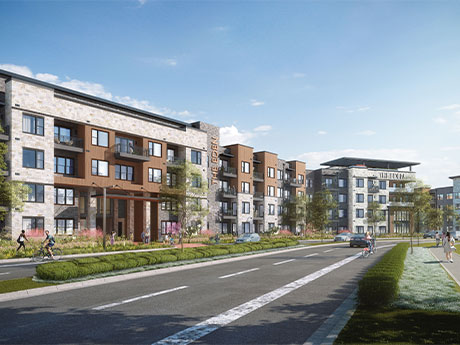SANTA BARBARA, CALIF. — Following a year of unprecedented performance, the anticipated slowdown in the U.S. multifamily market arrived in November, according to the latest Yardi Matrix National Multifamily Report.
The average asking rent in the U.S. fell $9 during the month to $1,719, while year-over-year growth dropped to 7 percent, the lowest level in 17 months. The decreases are attributed to economic headwinds and deteriorating demand. The $9 rollback was the largest one-month decline in rents in over a decade.
The deterioration in rents and slowdown of year-over-year performance were expected. Rent increases have exceeded normal growth patterns for nearly two years. Average asking rents increased by 22 percent nationally between January 2021 and October 2022. According to the report, this growth would be unsustainable even under optimal conditions.
“With the economy softening, demand for units slowing and rising interest rates creating headwinds for housing, multifamily asking rent growth finally took a turn downward in November,” states the report. “The decades-high inflation rate has left household balance sheets in a weaker position than a year ago, while economic growth is slowing as the Federal Reserve raises interest rates.”
Though rent growth has decreased in many metros during the fourth quarter, every metro in Yardi Matrix’s top 30 maintained positive year-over-year growth. Nationally, average U.S. rents were up 6.4 percent year-to-date.
Conversely, absorption levels for the multifamily market have been healthy for the year, though below levels reported in 2021, which were bolstered in part by post-pandemic job growth. National occupancy rates were 95.6 percent for the month, according to the report.
The single-family rental market is also declining. The average U.S. asking rent dropped $5 in November to $2,091, while the year-over-year increase fell by 80 basis points to 5.9 percent.
Click here to read the November Yardi Matrix National Multifamily Report.
— Kari Lloyd


